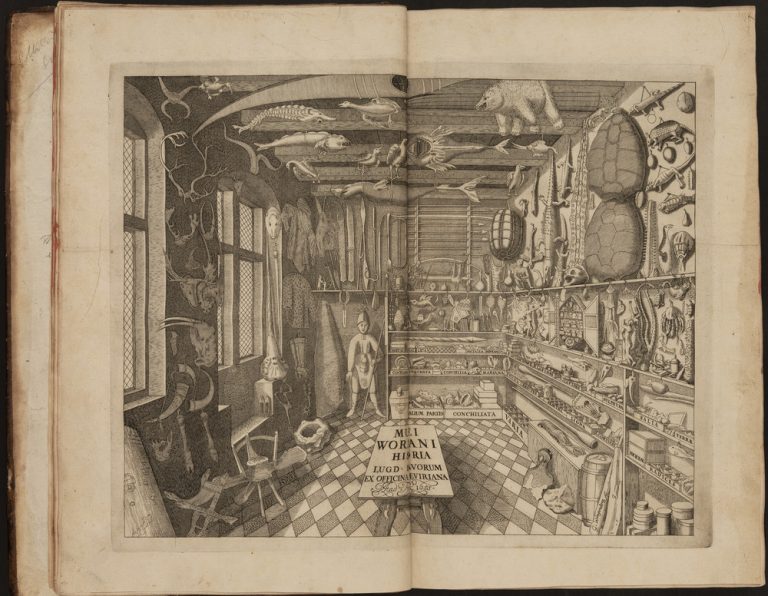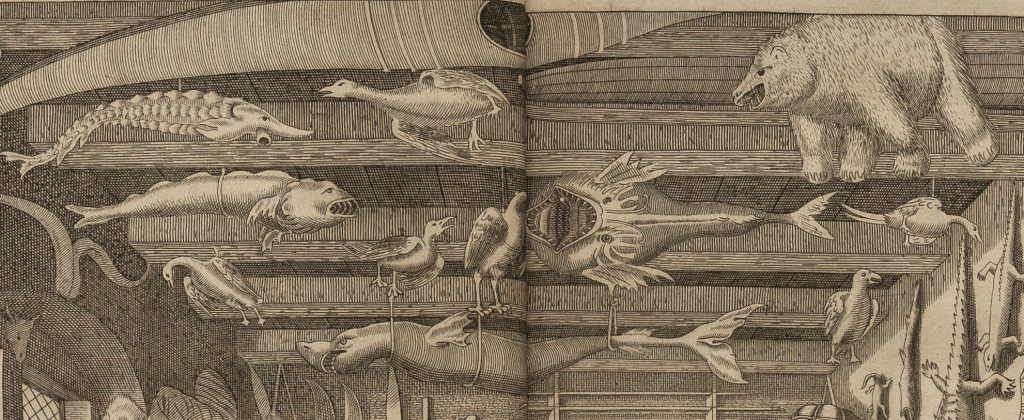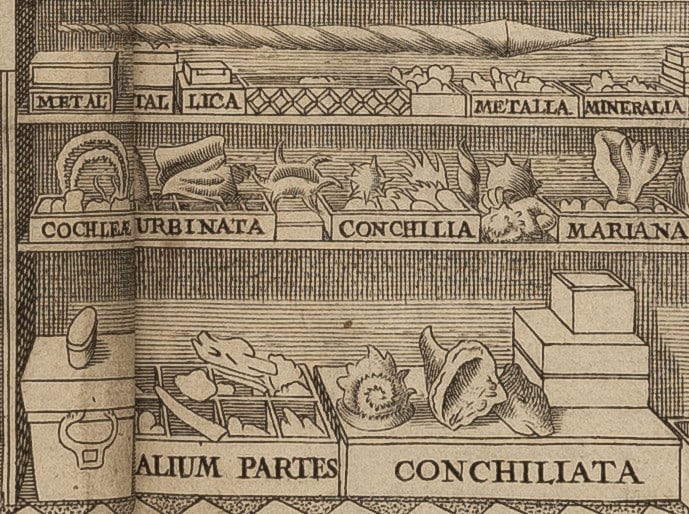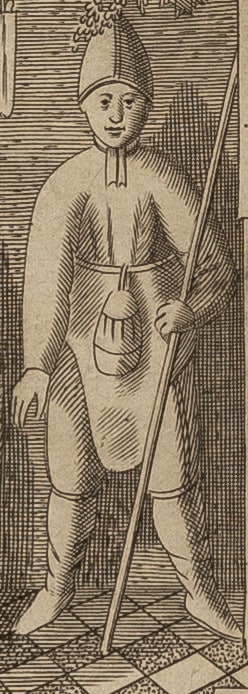Public museums are also a history of private collectors and collecting, as many of the world’s oldest museums began as the personal collections of wealthy individuals and families. Some of these collections became ‘cabinets of curiosities’ (also known in German as wunderkammer or wonder-rooms), which became popular from the sixteenth century. The word ‘cabinet’ originally meant a room rather than a piece of furniture. These collections were precursors of the modern museum, containing eclectic and exotic objects from around the world, obtained through the growing foreign trade market and the building of colonial empires. Many collectors sought to celebrate the glory and variety of God’s creation and the creative skill of man by collecting objects of beauty and wonder.

One of the most famous ‘cabinets of curiosities’ was created by Ole Worm (1588-1654), a Danish physician and polymath. Worm was born in Aarhus, Denmark, where his father served as mayor. Worm embarked on a ‘grand tour’ of Europe in 1605 and visited many museums and collections. During this time, Worm began to collect objects of interest, and on his return, he continued collecting with other European collectors’ help. Worm gathered various types of artefacts from the natural world, such as bones, rocks and minerals, stuffed animals and birds, and man-made artefacts and antiquities, including Roman jewellery, tools and scientific instruments.
Worm attended various European universities before receiving a doctorate in medicine at Basel in 1611. He became a professor of humanities at the University of Copenhagen and later a professor of medicine in 1624. He also served as the personal physician to King Christian IV of Denmark. In light of the current Covid-19 situation, it is somewhat topical to note that Worm remained in Copenhagen to treat and care for his patients during epidemics after many others had fled the city. Unfortunately, he caught the plague during the epidemic of 1654 and died in Copenhagen that year.
Worm produced two earlier inventories of his collection, but his son, William, edited and published the most well-known and complete collection catalogue in 1655 posthumously. This publication was entitled Museum Wormianum: seu historia rerum rariorum (‘Worm’s Museum. Or a history of rare things…’). The book’s frontispiece is a sizeable fold-out engraving of Worm’s museum in his home [see image above], showing the objects’ fascinating, sometimes quirky, detail. The illustrated catalogue entries are divided into four books, the first three dealing with minerals, plants and animals. The fourth book describes man-made objects or artificialia, such as archaeological artefacts, coins and some works of art. Worm’s catalogue is also an essential reference work, with information relating to the theories of other writers. Humans are classified in the ‘animals’ section and ‘divine monstrosities’, including deformed fetuses and the ‘giant’ skull. Though mummies are classified as ‘minerals’, even though they are human remains, some strange inconsistencies exist.

Through collecting and researching, Worm influenced many disciplines, including archaeology, museology and ethnography. Worm encouraged his students to make observations and discoveries about the curious objects in his collection by directly handling and studying them rather than relying on myth or the theories of earlier writers. He wrote in a letter that he aimed to “present my audience with the things themselves to touch with their own hands and to see with their own eyes, so that they may find themselves … acquire a more intimate knowledge of them all” – similar to the collections-based teaching and learning that we practice at the University of Reading today using our collections, especially with students studying our museum studies modules.

Worm’s method of scientific enquiry was a kind of proto-empiricism – gaining knowledge through the direct study of an object – and a modern approach that was still relatively new to Worm and his contemporaries. His direct study of objects led him to make groundbreaking discoveries that disproved several beliefs about natural phenomena, including the myth of the existence of unicorns. Worm had a supposed ‘unicorn horn’ in his collection, but he was sceptical about its origins, given that he had never seen a horn attached to a skull. However, in 1638 he proved that these horns were tusks from narwhals, a type of whale, showing the pointed “horn” still attached to its whale skull. However, there are some ‘mythical’ specimens in the collection whose accurate identification appear to have eluded him, such as a ‘giant’s’ skull. Worm could also not correctly identify the Stone Age tools in his collection. In keeping with popular belief, he classified them as “Cerauniae, so called because they are thought to fall to earth in flashes of lightning”.
One of the fascinating aspects of the catalogue is Worm’s organisation and classification of his artefacts, which is as interesting as the objects themselves. In the engraving, objects have been organised into boxes with labels [see image above] such as Lapides (stones), Salia (salts) and Terme (earths), classifications which follow conventional seventeenth-century taxonomies. For seventeenth-century collectors, the category “stones” included fossils. Still, fruit stones and the term “fossils” referred to any object dug out of the ground, including bits of pottery and other archaeological artefacts.

Worm’s display of his objects, as shown in the frontispiece (although we do not know if this is an accurate representation), is also interesting. However, the arrangement of the artefacts on the shelves seems somewhat random compared with modern museums, with man-made artefacts arranged alongside natural history specimens. One of the many curious items is a humanoid automata, which, when operated by a hidden wheel, could move around and pick up objects. The figure is dressed in what was thought to be a native American costume.
After Worm’s death, his collection was purchased by Frederik III, king of Denmark and a museum was built to house the collection, which was open to the public for an admission fee. Items such as a bronze dagger and an Icelandic drinking horn still survive in the royal collection. About forty objects are on display at the Natural History Museum of Denmark. In 2004-5, Rosamond Purcell created an extraordinary installation that recreated Worm’s museum’s engraving. This installation is now permanently housed at the Geological Museum at the Natural History Museum of Denmark.
